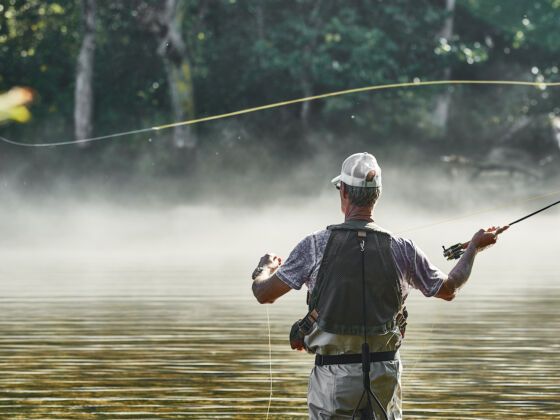On most mornings at Red’s Meadow Resort near Mammoth Lakes, California, there was a line waiting for me to unlock the door to the cafe. Backpackers, campers and fishermen wanted to get their day started with coffee and a short stack.
In the 1800s, land prospectors traveled to the Mammoth area along the French Trail, a route that started in Fresno.
